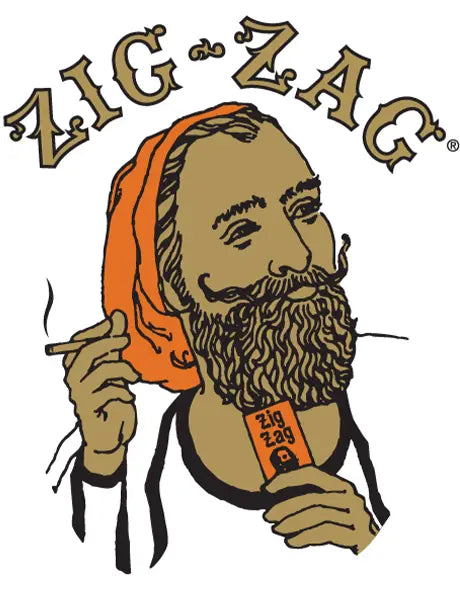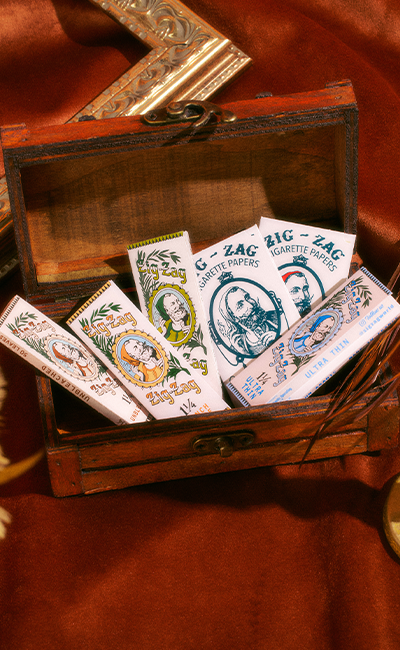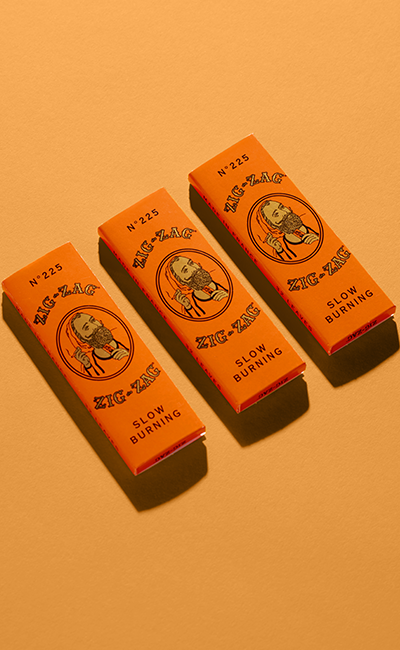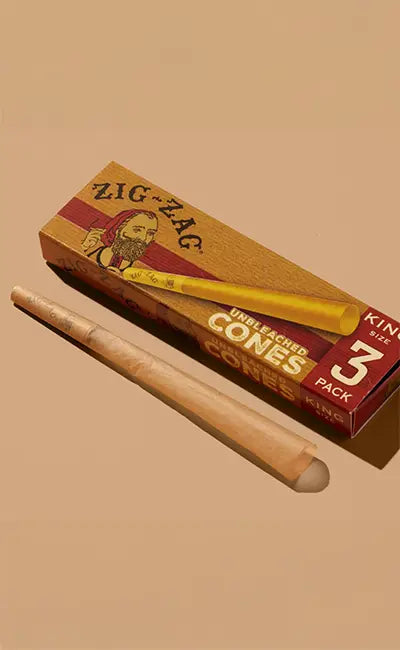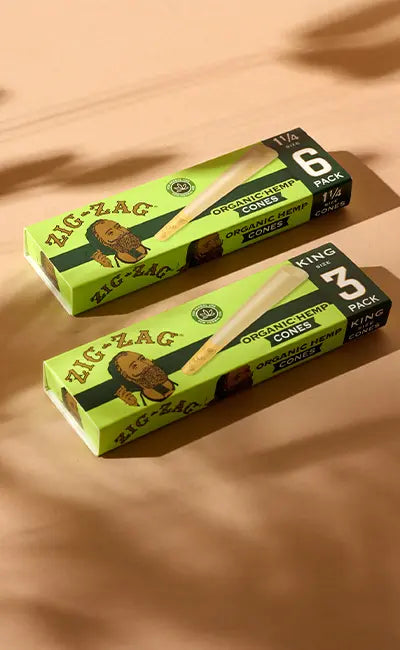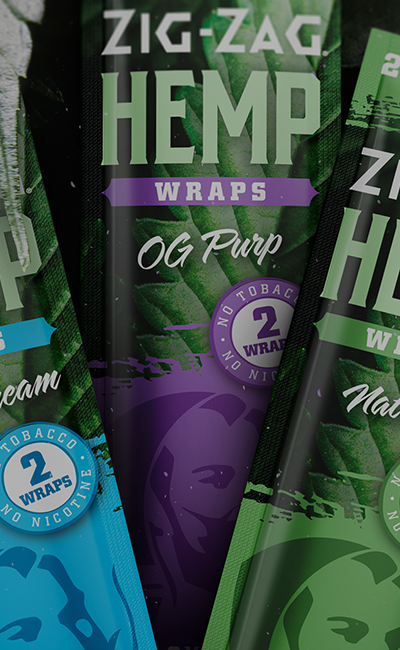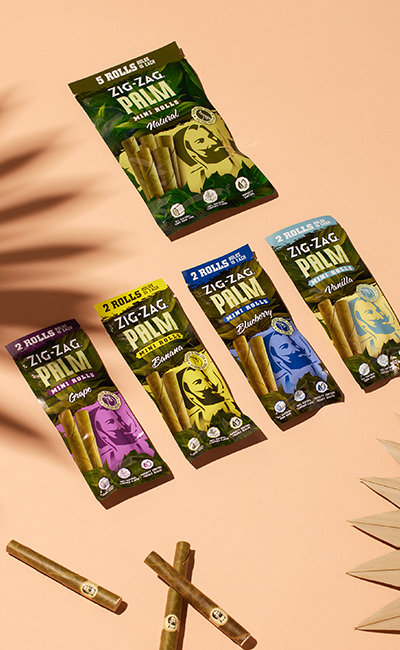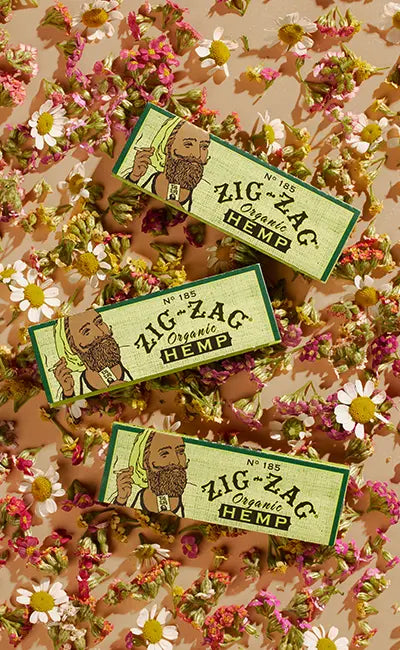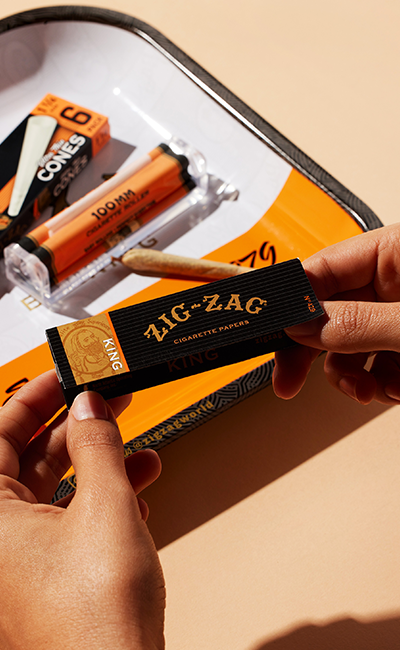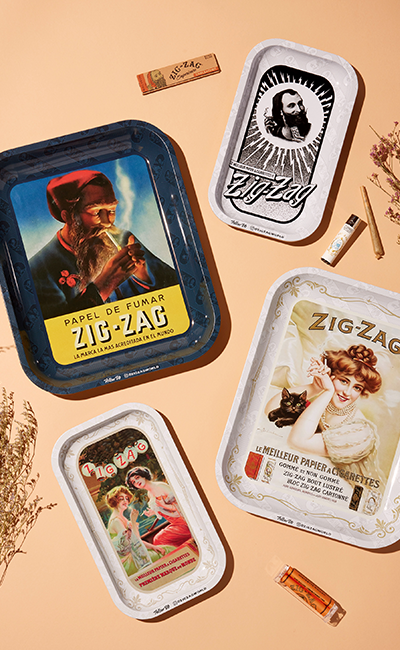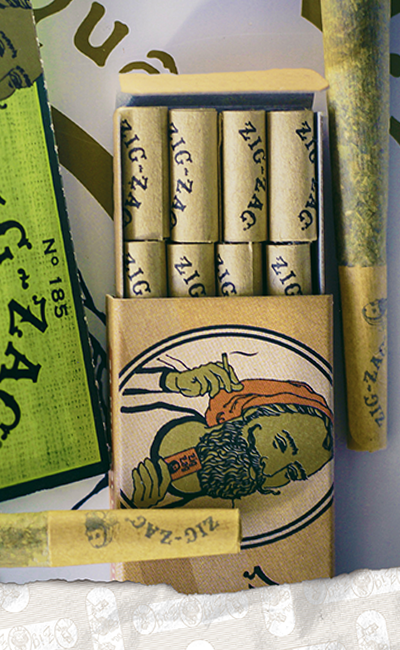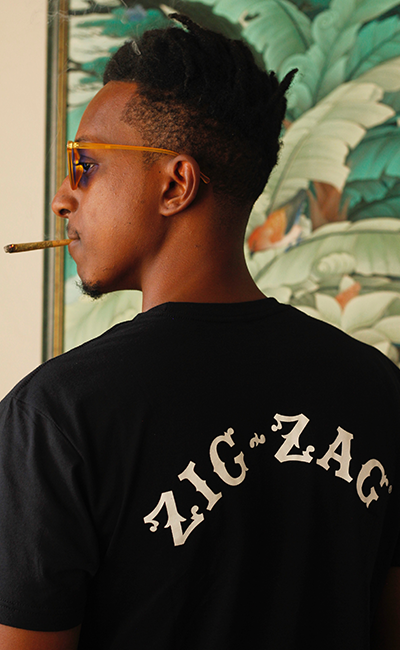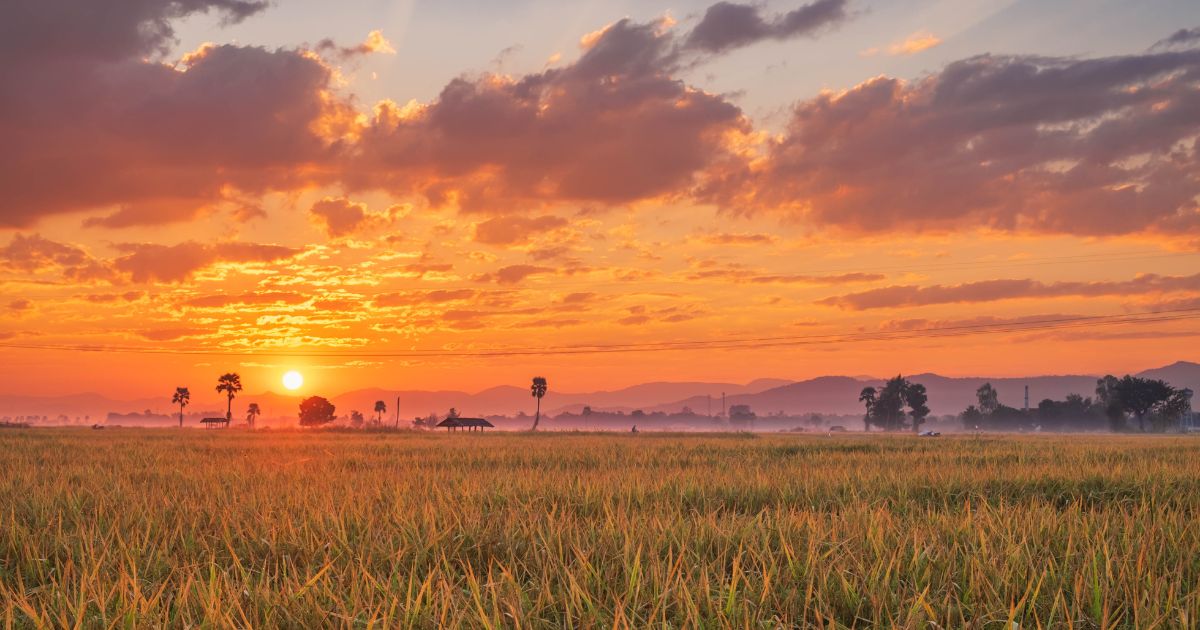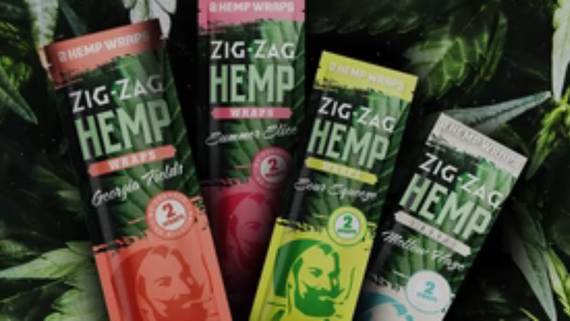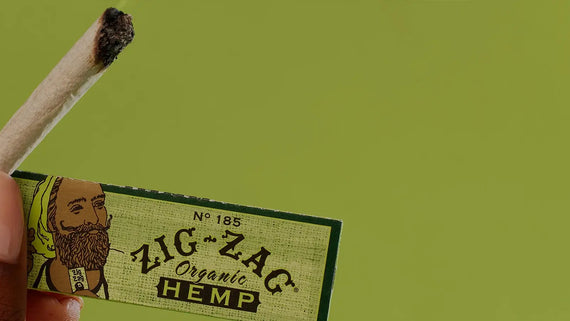White Paper Vs Organic Paper
Understanding Zig-Zag’s Rolling Paper Options
The type of rolling paper you use isn’t just some random detail. It actually changes everything. We’re talking texture, burn rate, how it rolls in your hands. You ever try to roll with paper that feels like it came from a receipt printer? Yeah, no thanks.
At Zig-Zag, we’ve literally been at this for over 140 years. We’ve seen trends come and go, but our thing has always been about giving you options that hit on consistency, craftsmanship, and feel.
Now let’s talk choices. You’ve probably seen our classic white papers and our organic ones side-by-side. Below, we’re laying it all out so you know exactly what you're reaching for next time you re-up.
What Is White Rolling Paper?
Let’s start with the one that’s been around forever. White rolling paper is what most people think of when they hear “rolling paper.” It’s simple, reliable, and gets the job done without any surprises.
What makes it a classic staple?
It has that clean, white look. It feels smooth when you handle it. You can count on it to roll tight and stay in place. It’s not flashy, but it’s always solid. This is the kind of paper you keep going back to because you know it works.
How do we make white rolling paper?
White papers usually come from wood pulp or flax. That’s what gives them their texture. Then they go through a whitening process to get that crisp, clean finish. Nothing wild, just the basics done right.
Why do people keep picking it?
Because it’s easy to use. It rolls well, burns evenly, and feels familiar in your hands. If you’ve rolled before, this one feels like second nature. If you’re just getting started, it makes things easier. White papers don’t try to be anything they’re not and that’s exactly why people love them.
What Is Organic Rolling Paper?
Now that we’ve covered the classic white, let’s talk about the other Zig-Zag staple that’s been showing up in a lot more pockets lately.
Why does it feel more earthy and unrefined?
This paper keeps its natural color and texture. No extra stuff. You can see and feel that it's more raw. Some people love the rustic look. Others just like knowing there’s less in the process. If you're into keeping it simple, this is your move.
How do we make organic rolling paper?
We make it with 100% hemp. It comes from certified organic farms that grow it without synthetic fertilizers or pesticides. The paper gets a light touch during processing. We keep it minimal to lock in that natural feel and look. That’s what gives it the tan color and slight texture.
There’s a reason our natural and hemp rolling papers have built up their own loyal fan base. They stay true to the raw material without cutting corners.
Why do people pick organic?
A lot of users reach for organic because they care about what goes into their papers. Hemp is renewable, and it comes with a lighter footprint. The paper itself is lightweight and slow-burning. That makes it a go-to for anyone who wants a simple, natural roll.
White vs. Organic: A Side-by-Side Look
At this point, you’ve probably got a feel for both Zig-Zag white and organic rolling papers. But if you’re the kind of person who wants the facts lined up like snacks on a tray, we got you. We’re stacking them side-by-side so you can see what’s what:
|
Feature |
White Rolling Paper |
Organic Rolling Paper |
|
Paper Texture & Feel |
Smooth and slick with a clean finish |
Slightly coarse with a fibrous grip |
|
Burn Rate & Performance |
Even and steady every time |
Slower burn for longer sessions |
|
Visual Appearance |
Bright and crisp |
Naturally tan with a raw, unbleached look |
|
Environmental Stuff |
Made from flax, but not always eco-certified |
100% hemp from renewable sources |
Paper Texture & Feel
White paper gives you that polished feel. It’s slick, smooth, and easy to roll with. It’s been around forever for a reason.
Organic paper has a more natural grip. You can feel the texture. Some users prefer that. It feels a little less processed, a little more raw.
Burn Rate & Performance
White papers are consistent. You can count on a steady burn, no weird runs. Organic papers go a bit slower. That’s great when you’re not rushing and want something that keeps going. Less puffing, more chilling.
Visual Appearance
White papers are bright and crisp. They’ve got that clean finish you’d expect. Organic papers keep their tan color. No added brighteners. Just a raw, natural look that stays true to the plant.
Environmental Considerations
White papers are made from natural flax. Organic papers step it up. We make them with hemp from renewable farms. So if going greener matters to you, this one makes sense.
Choosing What’s Right for You
You’ve seen the facts, felt the textures, maybe even held both packs in your hands while zoning out in the store. We get it. The decision isn’t always obvious. So let’s run through the real stuff that actually helps you figure out which rolling paper makes the most sense for you.
Is there really a wrong pick here?
Nope. You can’t mess this up. Both our white and organic rolling papers stick to the same standard of quality we’ve been rolling with for over a century.
Does personal preference matter?
Big time. Some users want something smooth that rolls like second nature. Others like a little texture and that raw finish. The best pick is whatever feels right in your hands. If it rolls easy and feels good, that’s your winner.
Are you going with what you know?
A lot of people stick with white papers because they’ve used them forever. You know how they handle and what to expect. But if you're looking for something with a more natural feel, organic might be the better fit. Familiarity helps, but trying something new isn’t a bad move either.
How much does burn control matter?
White papers are all about consistency. They burn even, no guessing. Organic papers go slower. That’s solid when you’re chilling and want something that keeps going. So if you’re after a longer session, organic might be the move.
What about paper weight and thickness?
Organic papers tend to be lighter and a little more delicate. Some people like how that feels when rolling. White papers have more body, which makes them easier to shape and hold steady. If you like structure, white’s probably more your style.
Can paper change the taste?
White papers are usually neutral, which means you get more of the flavor from your fill. Organic papers might bring a little of that hemp character into the mix. It’s subtle, but it’s there. Some people love that earthy touch.
Trying to keep it green?
If you’re thinking about sustainability, organic’s got the edge. Hemp grows fast, needs less water, and comes from renewable sources. White papers are still solid, but organic makes a better case if you’re looking to go eco-friendly.
Are you team tradition or team forward-thinking?
White papers bring that throwback feel. They’ve been part of the Zig-Zag lineup forever. Organic papers show where we’re headed. More natural, more intentional. Either way, you’re sticking with something real. Both rep the brand. Both hit different needs. You just pick the one that fits yours.
Conclusion
By now, you’ve got a clear look at what makes Zig-Zag white and organic hemp papers different. There’s no right or wrong pick here. It all comes down to what kind of roll you’re going for. Some days you might want that smooth, time-tested feel. Other days, you’re reaching for something a little more raw and natural.
The good news is, you don’t have to choose just one. Both our original papers and hemp papers stick to the same quality standards we’ve backed for over a century. You’re still rolling with Zig-Zag, just in your own way.
